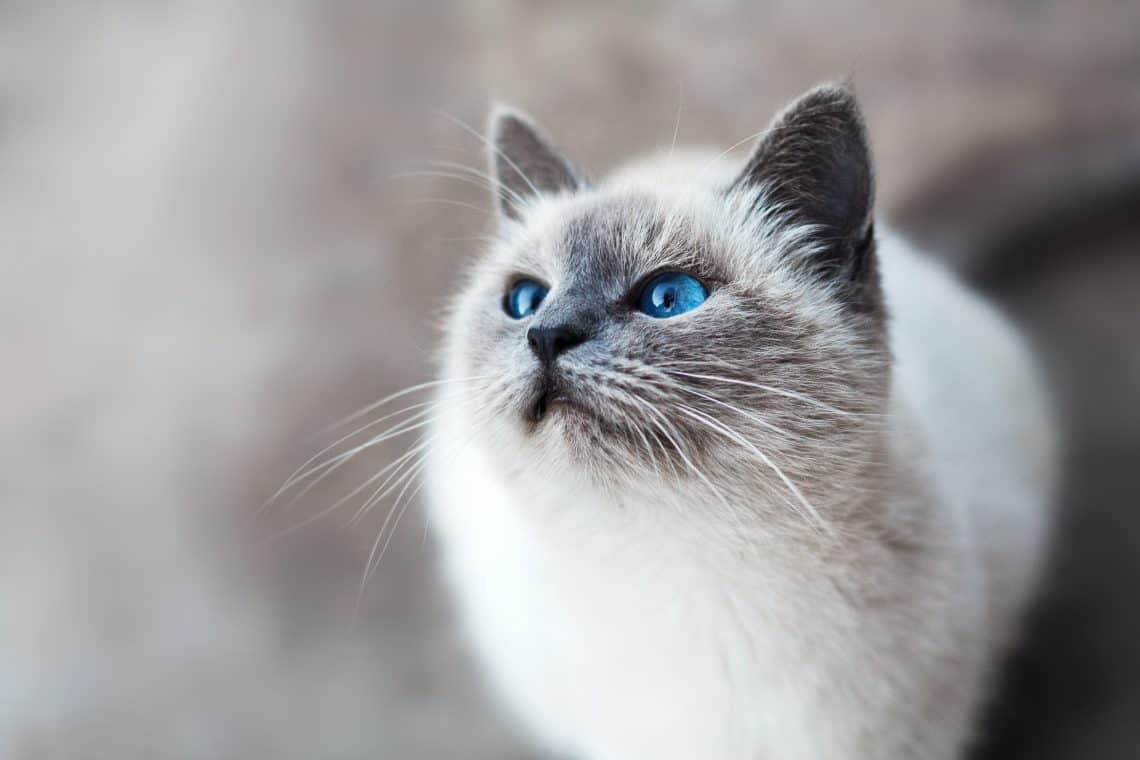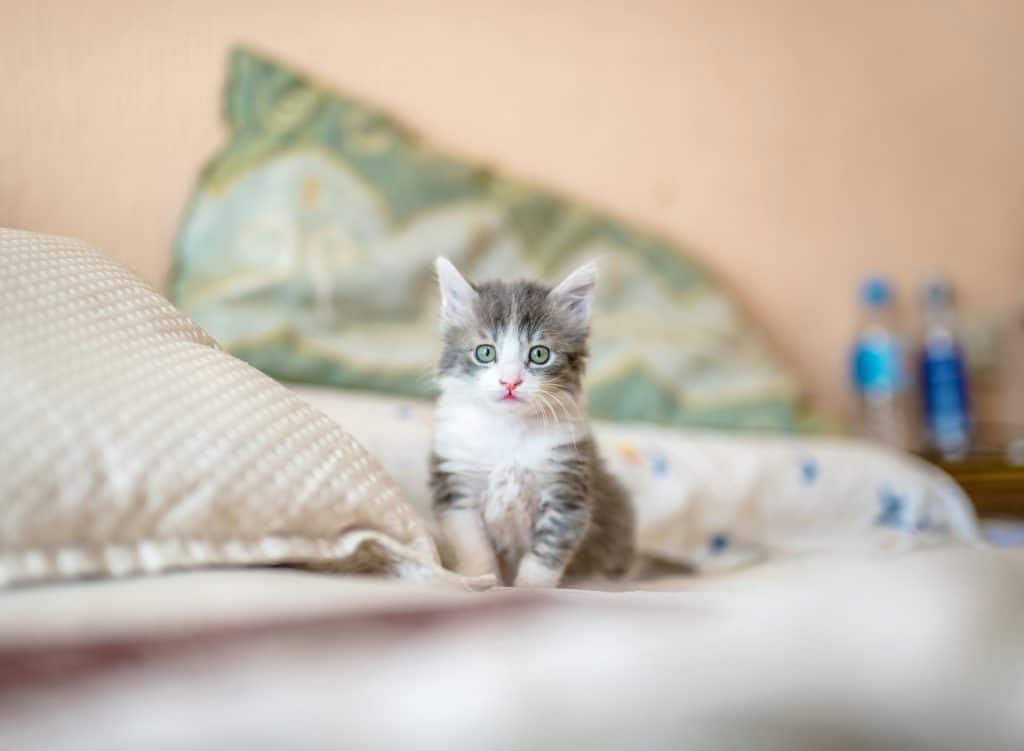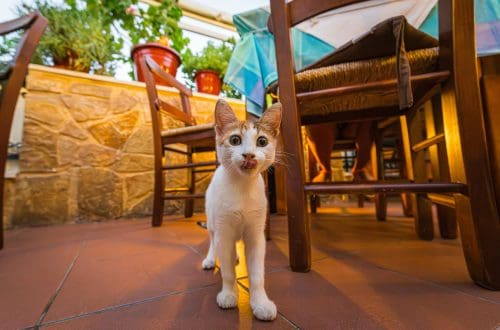
Cat Separation Anxiety Explained: Symptoms, Tips, and Calming Techniques!
Despite the common belief that cats are cold and independent, many cat parents know a different truth: cats can form deep, loving, and dependent bonds with their human companions. They may not wag their tails like dogs, but they show affection in subtler ways like headbutts, following you from room to room, or purring contentedly in your lap.
However, when these bonds are tested by long absences, some cats experience what is known as separation anxiety. This isn’t just a little loneliness—it can manifest as serious behavioral and health problems. Understanding cat separation anxiety is critical not only for your cat’s well-being but also for maintaining a peaceful home environment.
1. What is Cat Separation Anxiety?
Cat separation anxiety is a condition where a cat experiences distress and anxiety when left alone or separated from their primary human caregiver. While some level of attachment is natural, anxiety becomes a concern when the cat exhibits signs of stress, destructiveness, or physical illness when alone.
This emotional dependence goes beyond affection. It often means the cat sees their human as a sole source of safety and stimulation. It differs from normal attachment in that the anxiety disrupts daily life and can result in behaviors that are harmful to both the cat and the home.
Examples of unhealthy anxiety:
- Constant vocalizing when you’re out of sight
- Destructive behavior only when you’re away
- Physical illness like vomiting or not eating during your absence
Understanding this distinction is key to identifying and helping cats in distress.
Getting these 7 Depression Symptoms from your Cat? Then, read the blog to get detailed information on how to help you cat without putting hell lot of efforts and time.
2. Causes of Separation Anxiety in Cats!
Several factors may contribute to the development of separation anxiety in cats:
- Sudden Changes in Routine: Cats are creatures of habit. Major lifestyle changes—such as returning to the office post-pandemic or moving to a new home—can trigger anxiety.
- Over-Dependence: Cats that are showered with attention 24/7 may grow overly reliant on their humans for emotional stability.
- Lack of Environmental Stimulation: A boring home without toys, perches, or stimulation can make solitude feel unbearable.
- Traumatic Past: Cats who have been abandoned or rehomed may have lingering emotional scars. Adopted cats are especially vulnerable.
- Single-Pet Households: A cat with no animal companion and minimal human interaction can develop dependency on their only social outlet.
- Breed or Personality: Some breeds—especially Siamese, Burmese, and other social breeds—are more likely to form intense attachments. Similarly, affectionate or anxious personalities may be more sensitive to loneliness.
3. Symptoms of Separation Anxiety in Cats
Recognizing the symptoms is the first step to treatment. These signs typically fall into four major categories:
A. Behavioral Signs
- Destructive Actions: Scratching furniture, chewing blinds, tearing at doors.
- Excessive Vocalization: Crying, yowling, or meowing constantly when alone.
- Escape Attempts: Hovering by doors, trying to dart out as you leave, or scratching at windows.
B. Physical Signs
- Gastrointestinal Upset: Vomiting or diarrhea without a medical explanation.
- Loss of Appetite: Some cats refuse to eat or drink until their person returns.
- Overgrooming: Excessive licking or fur pulling, especially during your absence.
C. Litter Box Issues
- Inappropriate Elimination: Peeing or pooping outside the litter box.
- Marking: Urinating on beds, clothes, or anything with your scent.
D. Over-Attachment
- Shadowing: Following you everywhere, even into the bathroom.
- Clingy Greetings: Over-the-top excitement, excessive rubbing, or clinging when you come back home.
4. Risk Factors & Sensitivities!
Certain cats are more prone to separation anxiety based on their lifestyle, personality, or background:
- Indoor-Only Cats: Limited exposure to other stimuli can make human presence overly important.
- Affectionate or Clingy Cats: Naturally loving cats may struggle more with solitude.
- Breed Prone to Social Needs: Siamese, Burmese, Ragdolls, and other highly social breeds require frequent interaction.
- Gender Differences: Some evidence suggests females may exhibit stronger attachment behaviors, though research is still limited.
5. How to Prevent or Reduce Cat Separation Anxiety?

Treating separation anxiety takes time, patience, and a multi-pronged approach:
A. Training & Behavior Adjustment!
- Desensitize Gradually: Begin by leaving for 5–10 minutes, then slowly increase the time.
- Normalize Departures/Returns: Avoid big hellos and goodbyes. Keep things low-key.
- Reward Calmness: Offer treats or praise when your cat remains calm during alone time.
B. Environmental Enrichment!
- Provide Window Access: Set up perches near windows to watch birds or the street.
- Interactive Toys: Puzzle feeders, wand toys, and auto-play toys keep their minds busy.
- Background Noise: Leave the TV on or play calming music.
- Vertical Spaces: Cat trees and shelves help cats feel secure and entertained.
C. Encourage Independence!
- Delay Attention: Don’t respond every time your cat seeks you out—build tolerance.
- Redirect with Toys: Engage them in independent play rather than using your hands.
- Rotate Toys: Keep the novelty alive by switching out toys every few days.
D. Multi-Caregiver Support
- Involve Other People: Have family members help with feeding, grooming, and play. This reduces sole dependency.
E. Use of Comfort Tools
- Pheromone Diffusers: Products like Feliway release calming scents that mimic natural feline pheromones.
- Comfort Items: Leave behind a worn t-shirt or blanket with your scent.
- Calming Collars/Sprays: These may help relax anxious cats through herbal or synthetic ingredients.
6. When to See a Veterinarian or Specialist?
If symptoms continue despite your efforts, it’s time for professional help:
- Persistent or Worsening Symptoms: Long-term anxiety can lead to health decline.
- Dangerous Behaviors: Self-harm or refusal to eat are medical emergencies.
- Medication Options: Vets may prescribe anti-anxiety medications like fluoxetine or amitriptyline in severe cases.
- Behavioral Support: A feline behaviorist can create a customized training plan.
7. Myths About Cat Separation Anxiety!
Let’s address some common misconceptions:
- Myth: Another Cat Will Fix It
- Truth: A second cat can help—or create stress. The issue is attachment to you, not loneliness per se.
- Myth: Cats Don’t Need Training
- Truth: Cats can be trained gently with positive reinforcement techniques.
- Myth: It’s Just Misbehavior
- Truth: These behaviors stem from anxiety, not defiance or spite.
Finding help for your dog? Noticing these 10 early signs in your dog? Be aware and follow these natural remedies for your dog anxiety!
Conclusion!
Cat separation anxiety is a real and often misunderstood condition. It’s not about “spoiled” pets or “naughty” behavior. It’s about emotional distress.
The good news? With patience, environmental changes, and a compassionate approach, most cats can learn to feel secure even when you’re not home.
Every cat is unique—so observe their patterns, respond to their needs, and never hesitate to reach out to a vet or specialist if symptoms persist.
Answers to the Questions!
Can kittens have separation anxiety?
Yes. Kittens who are newly separated from their mother or littermates may experience strong attachment and fear when left alone.
Is medication necessary for every cat?
No. Most cats respond well to training, enrichment, and emotional support. Medication is typically a last resort for severe cases.
Can separation anxiety lead to aggression?
Yes, in some cases. A highly anxious cat might redirect their frustration into aggression toward humans or other pets.




